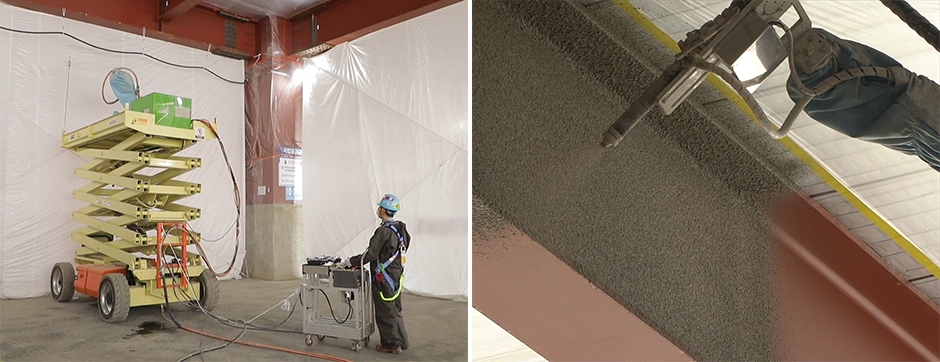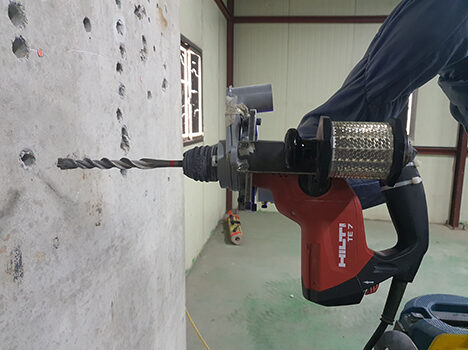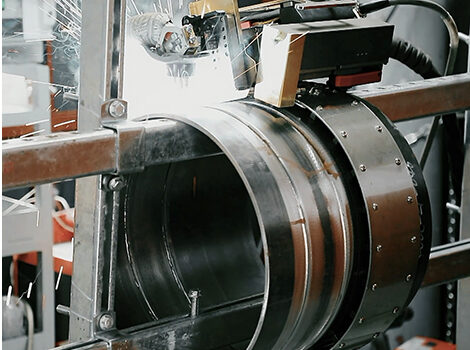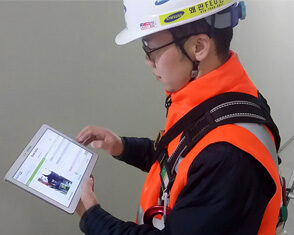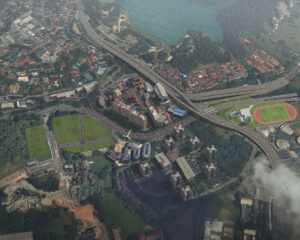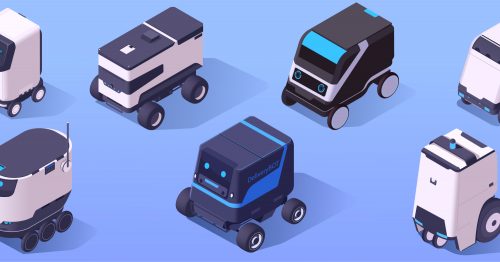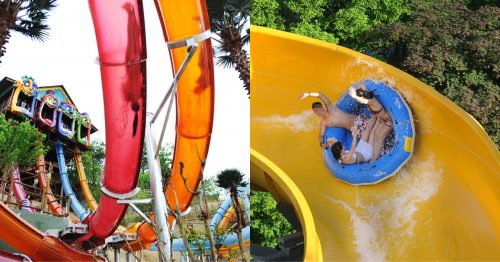Since the world’s first industrial robot was introduced in a mid-20th-century factory, robots have been developed and have evolved for various purposes such as manufacturing, medical treatment, and exploration. The advantage of a robot is its ability to carry out tasks that humans find too difficult and go places where humans cannot fit or move safely.
Until recently, it has not been easy to deploy robots on construction sites. The reason for this was because there are so many complex variables on such sites, and they require a high level of safety and precise skills.
However, recently robots have begun to be put to work on construction sites worldwide to compensate for labor shortages, a drop in the number of skilled workers, safety risks, and low profitability. Samsung C&T Engineering & Construction (E&C) Group also employs robots to perform high-risk work for the safety of workers on-site.
Different kinds of robots found at construction sites
When constructing a building, it is necessary to coat steel pillars and beams with fire-resistant material to make them capable of withstanding high temperatures. Spraying this substance is a typical example of a high-risk construction site job, because of the possibility of exposure to toxic materials and also the danger of falling while working at a height.
Samsung C&T developed a robot that sprays this coating by remote control to create a safer work environment for construction workers. On top of a raised platform, a robot arm is applied to spray the fireproofing, while underneath there is a mixer that combines the raw materials and also storage facilities. This platform is mobile so it can be easily used on-site.
Another type of construction robot is used to drill holes into hard concrete walls or pillars encased in steel plates. Before the robot was developed, humans used to perform this work with a drill weighing 6kg. The vibrations were so intense that a human had to take rests after drilling just 2 or 3 points. A robot, on the other hand, can drill continuously as long as the power supply lasts.
Welding is another task that can be onerous or dangerous for humans. In this case, a construction robot is used to weld pipes, rotating 360 degrees along a guidance ring. Big pipes, pipes located in tight corners or at height are particularly difficult or hazardous for human welders. However, they are easy for a welding robot, who will not fall or get stuck, and even the work quality and speed are improved.
Samsung C&T pursues further robot evolution
Meanwhile, Samsung C&T E&C Group’s Tech Solution Team is developing technology that will become the foundation of construction robots. Robot arms are already commonplace; what is needed now is a mobile base that can be applied to all construction sites in general. This base will have the technology to act as the legs and eyes of the robot, enabling it to find and move to the location of a task.
The end goal of Samsung C&T is to develop a construction robot that can read a blueprint, move to the precise point of a task, work unassisted and undirected and complete inspection, by integrating all the technologies already used in sites and with new technology being pioneered by the Tech Solution Team. The key point of construction robots is autonomous operation without human decision-making while working.
Construction robots can work faster and more efficiently than humans but the bigger advantage is the increase in worker safety. Samsung C&T is developing a variety of robots to completely remove the risk of accidents by making high-risk work something that can be executed without human intervention. Now and in the future, Samsung C&T will continue to make efforts to develop construction robots to protect humans, putting worker safety first.


